These color-changing wonders are fascinating creatures, but when it comes to feeding them, it can feel like you’re playing a guessing game.
Fret not! With the Chameleon Feeding Calculator, you’ll become the master chef of the chameleon world in no time.
Chameleon Feeding Calculator

Feeding Schedule For a Chameleon
Alright, first things first, let’s talk schedules. Just like us humans, chameleons thrive on routine.
Here’s a simple feeding schedule to keep your scaly buddy happy and healthy:
| Feeding Schedule for Chameleon | Frequency | Details |
|---|---|---|
| Offer fresh water | Daily | Provide clean water in a shallow dish or mist the enclosure to create water droplets for drinking. |
| Offer gut-loaded insects | Every Other Day | Offer crickets, roaches, or mealworms dusted with calcium supplement (without D3). |
| Offer gut-loaded insects | Once or Twice a Week | Offer crickets, roaches, or mealworms dusted with a multivitamin supplement. |
| Dust with calcium supplement (without D3) | Once or Twice a Month | Dust insects with a calcium supplement containing D3 sparingly, only once or twice a month. |
| Monitor behavior and body condition | Regularly | Watch for changes in appetite, activity level, and weight. Adjust feeding schedule accordingly. |
Remember, moderation is key. Don’t overfeed your chameleon, or you might end up with a grumpy reptilian roommate.
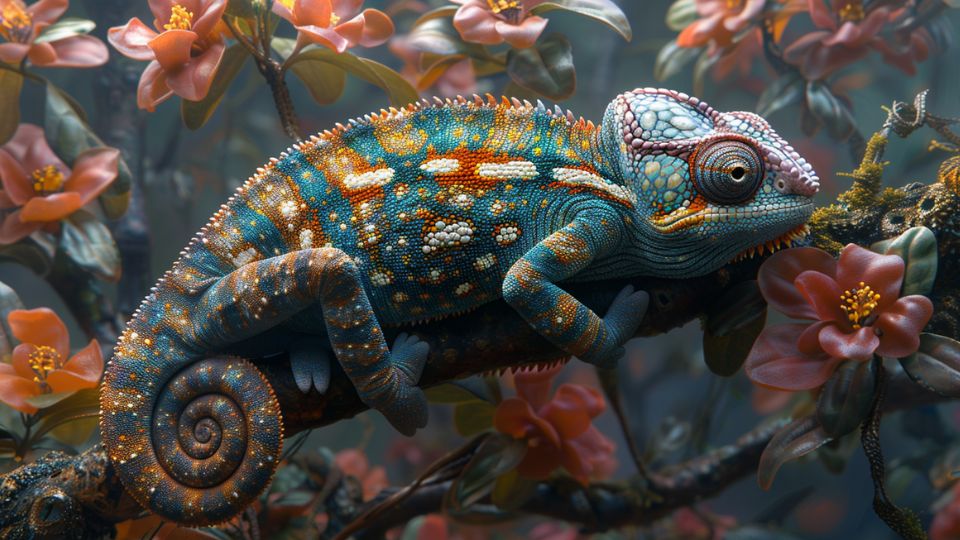
Good Food To Feed Your Chameleon
Now, let’s talk menu options. Chameleons might seem picky, but they’re actually quite adventurous eaters.
Here’s a rundown of some top-notch grub for your scaly pal:
Think of yourself as a chameleon chef, crafting the perfect menu for your discerning diner. Bon appétit!
What Not To Feed a Chameleon
Alright, let’s talk about the big no-nos. There are some foods that should never grace a chameleon’s plate:
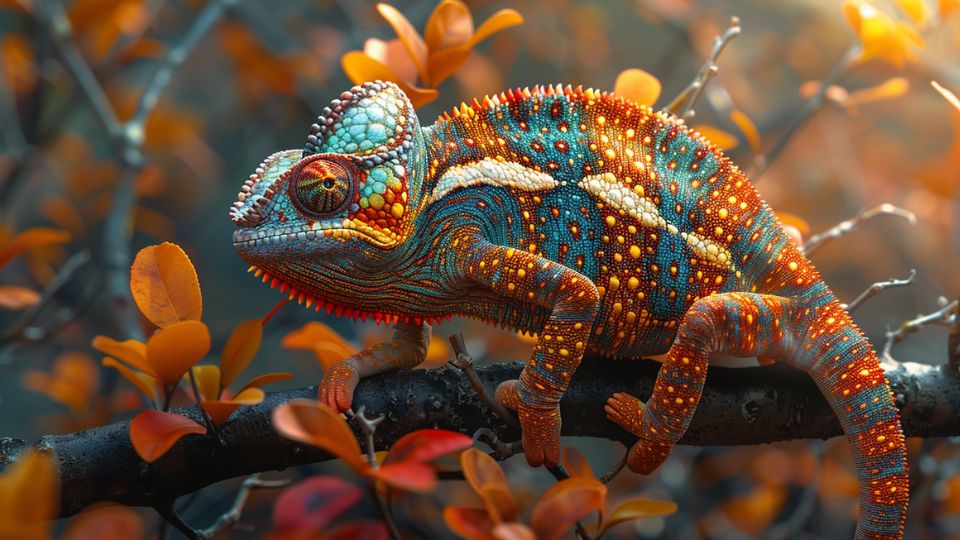
Chameleon Feeding Summary
| Food Options for Chameleons | Details |
|---|---|
| Crickets | A staple insect high in protein, suitable for most chameleon species. |
| Roaches | Nutritious and easy to digest, available in different sizes. |
| Mealworms | High in protein but should be fed sparingly due to their hard exoskeleton. |
| Waxworms | High in fat, should be fed as an occasional treat due to their high fat content. |
| Silkworms | Soft-bodied and nutritious, suitable for chameleons of all sizes. |
| Superworms | High in protein and suitable for larger chameleons. |
| Hornworms | Moist and high in water content, good for hydration. |
| Butterworms | Soft-bodied and rich in calcium, phosphorus, and fat. |
| Dubia Roaches | Nutritious and easy to digest, suitable for chameleons of all sizes. |
| Phoenix Worms (Black Soldier Fly Larvae) | High in calcium and low in fat, suitable for all chameleon species. |
| Locusts (Grasshoppers) | High in protein and fiber, beneficial for variety in diet. |
| Fruit Flies | Suitable for hatchlings and smaller chameleon species. |


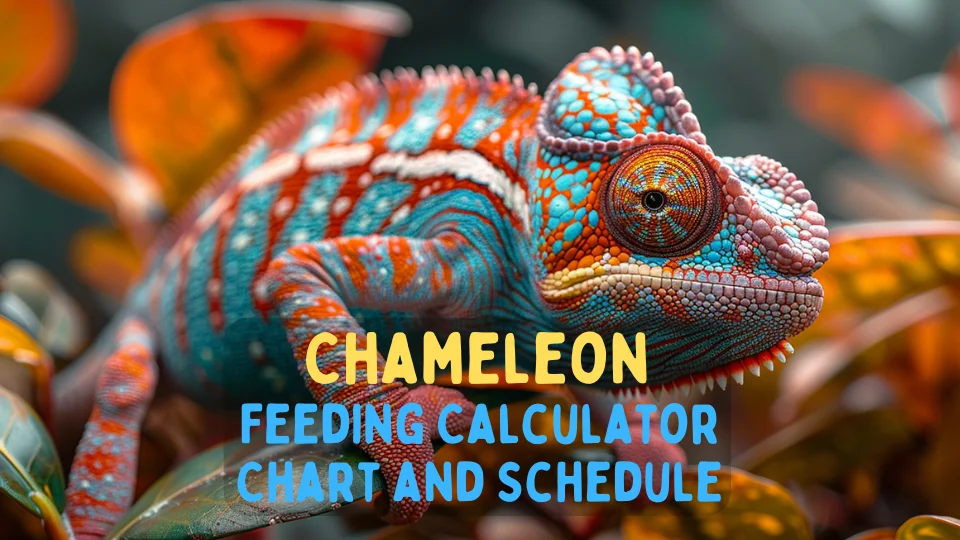



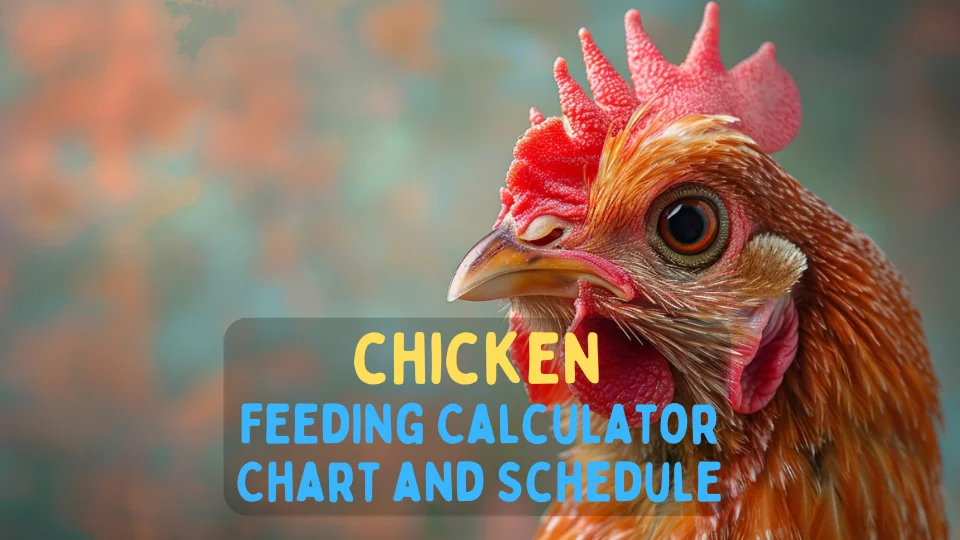
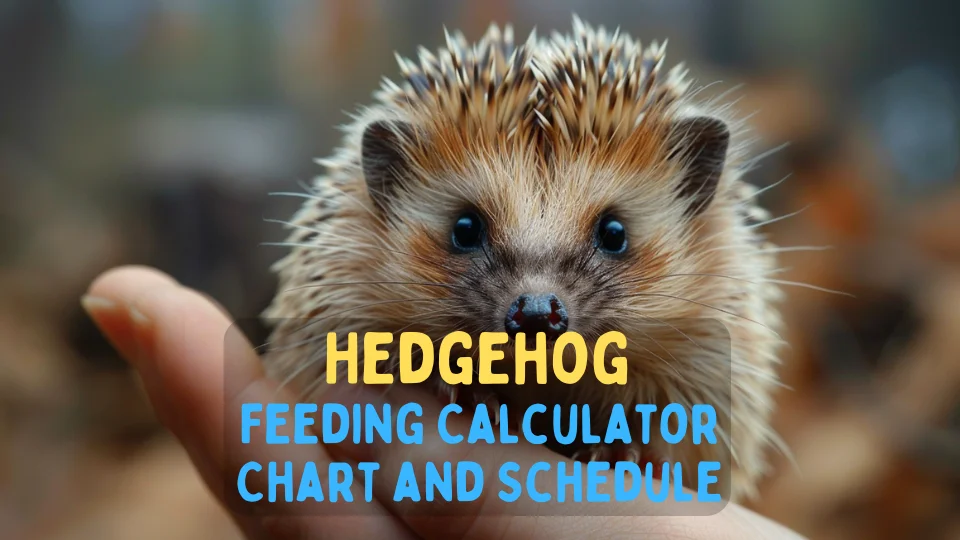

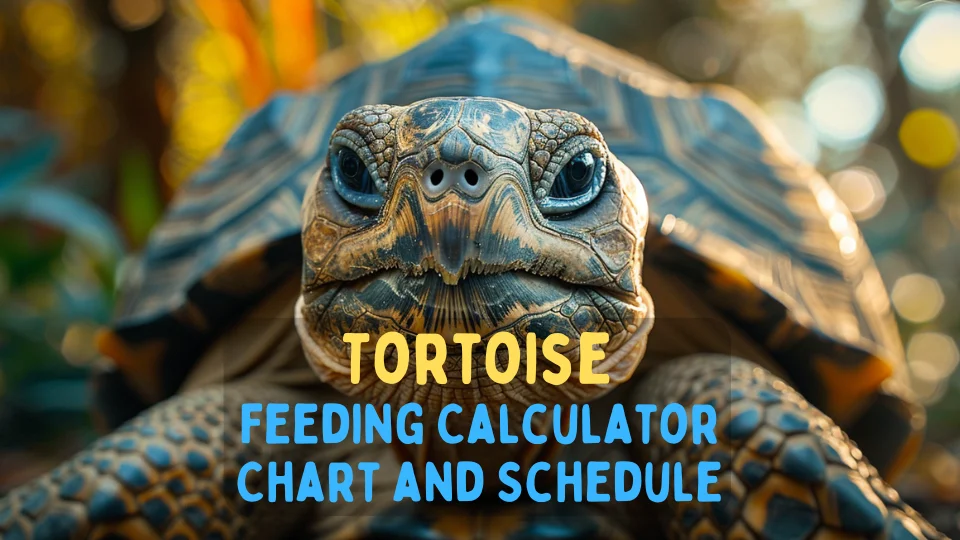
Leave a Reply